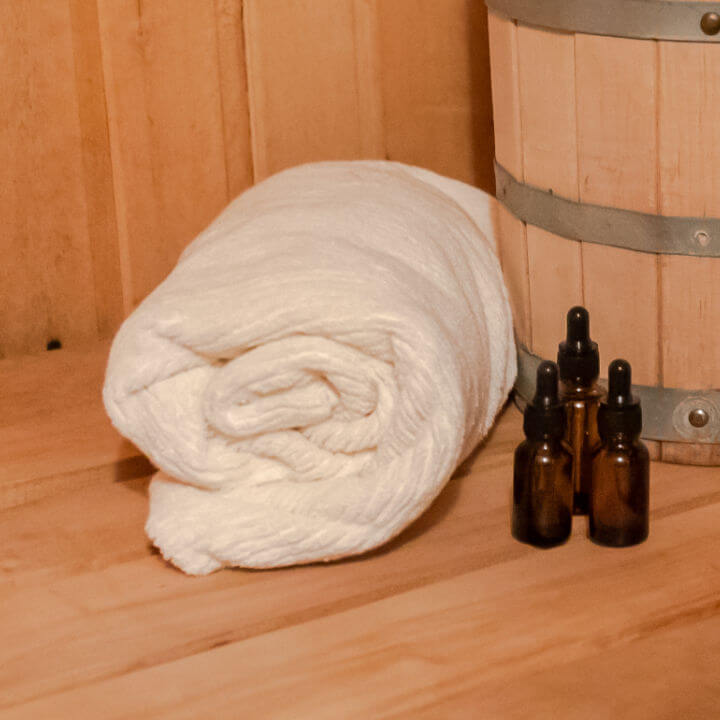We understand when you are experiencing pain, discomfort and other limitations poor health can place on your life, it can leave you feeling hopeless and frustrated, especially when your current care options just aren’t working. From the moment you arrive, you will feel heard, empowered and encouraged so you may experience true health and do what you love.
Adult Chiropractic Care
Chiropractic care looks to correct the cause of health issues to allow the body to naturally heal itself.
Spinal correction is at the core of the chiropractic care we provide — your spine is your body’s central information highway. As we age, misalignments in the spine can occur (and sometimes worsen) from poor posture, childhood accidents, inactivity, new trauma, and other health issues. Misalignments can often cause pain as well as other health issues. The purpose of chiropractic is to enhance proper alignment of the body to maintain effective nervous system function and increase the body's potential for optimal health. This is done through specific and gentle adjustments.
We’ve seen incredible results with:
- Headaches/Migraines
- Ear Infections
- High Blood Pressure
- Neck, Back & Shoulder Pain
- Allergies
- Acid Reflux
- Digestive Problems
- Thyroid Issues
- Diabetes
- Weight Loss
- Infertility
Prenatal Chiropractic Care
Regular chiropractic adjustments during pregnancy not only help with pain relief but also can also help ensure a safe pregnancy, a more pleasant labor, and healthier birth.
All of our chiropractors are Webster Certified by the ICPA (International Chiropractic Pediatric Association). Webster is a specific chiropractic technique for pregnancy which releases tension to the ligaments and uterus, allowing for baby to move freely and assume the best possible position for birth.
Benefits of prenatal adjustments include:
- Ease of pregnancy symptoms such as back pain, nausea, pubic bone pain, and sciatica.
- Better positioning of baby for delivery. When mom’s spine and hips are out of alignment, the baby can end up sideways, breech, or posterior, none of which are ideal for birth.
- Heightened immune system for both mom and baby to allow the body to heal itself.
- Shortened delivery. With an ideal position of the baby and the proper alignment of mom’s skeletal structure, chiropractic can help decrease the duration of labor.
- Postpartum healing. Misalignments can occur in many ways; during labor, breastfeeding posture, and carrying new little ones. Adjustments can help align the spine to give the body the best opportunity to heal itself.
Pediatric Chiropractic Care
Pediatric chiropractic adjustments are gentle, noninvasive, and safe.
Newborns and children in our health center have experienced amazing results with ear infections, acid reflux, allergies, digestive issues, asthma, headaches, and more. Adjusting babies from birth ensures any misalignments that took place during childbirth are addressed, allowing the body to function as it’s designed from the beginning.
Newborns and children in our health center have experienced amazing results with:
- Ear Infections
- Acid Reflux
- Allergies
- Digestive Problems
- Asthma
- Headaches
Therapeutic Modalities
Therapeutic modalities have been a part of physiotherapy-used modalities for decades. They are commonly used with other physiotherapy tools (e.g. exercise, manual techniques, patient education) and perfectly complements Align Alabama’s team of chiropractors and massage therapists.
Therapeutic modalities include:
- Cervical/Lumbar decompression: Decompression is a non-surgical treatment used for bulging or herniated discs, lower back pain, neck pain, and other conditions.
- Ultrasound: Ultrasound is a non-invasive treatment in which sound waves are used to penetrate soft tissues, increasing blood flow and promoting soft-tissue healing.
- Electrical Stimulation: E-stim uses electrical pulses to mimic the action of signals coming from neurons (cells in your nervous system). These mild electrical currents target either muscles or nerves to help reduce pain and promote healing in affected areas.
- Pulsewave: Pulse Wave is a non-invasive therapy used to treat pain and promote natural healing by delivering high-energy sound waves to injured or damaged tissue.
- Cold Laser: Cold Laser therapy can be used on patients who suffer from a variety of acute and chronic conditions in order to help eliminate pain and swelling, reduce spasms, and increase functionality.
1
CONSULTATION & X-RAYS
Your first visit with us will involve a warm welcome to our office, a quick tour, consultation, any necessary x-rays, and the option to receive a chiropractic adjustment. We value informed and educated decisions. Please come with ALL your questions!
2
PERSONALIZED CARE PLAN
Everyone’s health is different. At your second visit, you’ll receive your personalized recommendations for care. Included will be your number of visits, frequency, and the cost with any insurance coverage factored in.
3
CORRECTIVE CHIROPRACTIC CARE
At this phase of your care, the goal is to correct the CAUSE of the problem. This happens with corrective chiropractic adjustments, pre & post-adjustment exercises, at-home rehab, and consistency.
4
PROGRESS EVALUATIONS
Included in your plan will be 1 or 2 check points to ensure your body is healing, progress is being made, and you are moving in the right direction. Recommendations for lifestyle changes will also be given at these visits. Questions are always expected and welcome at any point in your care.
5
END OF PLAN COMPARISON & WELLNESS RECOMMENDATIONS
At the end of your corrective care plan, a special visit will be scheduled to view your progress and compare your end of plan results with where you started. A new plan will be recommended to maintain the correction you’ve accomplished.
6
MAINTENANCE CARE
At this phase of your care, the goal is to be able to maintain correction and continue making healthy lifestyle changes regarding nutrition, exercise, minimizing toxins, mindset, etc. The frequency of visits during this phase is much less at this point. You are the decision maker for your own health and ultimately decide which maintenance plan works best for you and your family.

